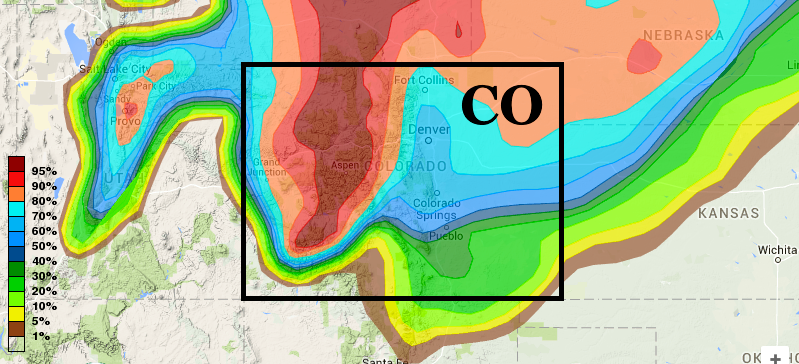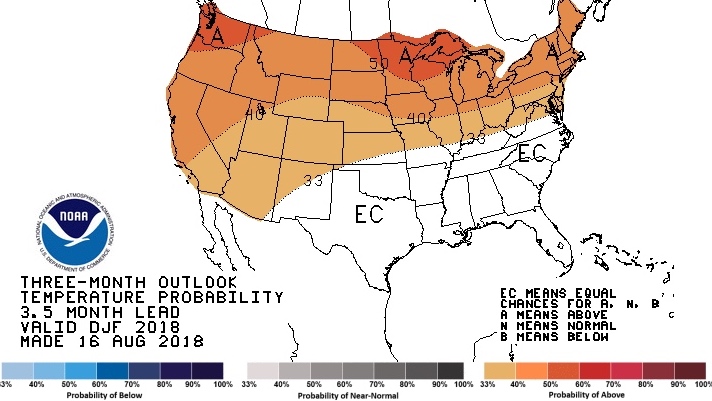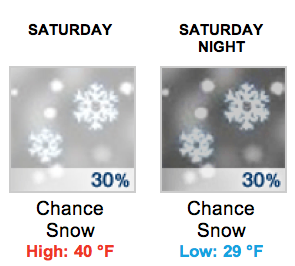
What do you think of when you hear Salt Lake City? Best skiing in the US? Breathtaking views? Unparalleled accessibility to the mountains?
How about worst air quality in the US? Smog Lake City’s dirty little secret is the biggest downfall to one of most beautiful cities around the world.

Winter brings out the worst of the air quality in the Wasatch Front. The valley gets socked in with smog and pollution from Ogden all the way down to Provo, when a temperature inversion hits. This past week an inversion has set in, and it’s resulted in horrid air quality in the valley.

Dangerous pollution levels were visible all throughout the valley over the past few days. Forecasts showed bluebird days, without a cloud in the sky for the entire week. However, it was anything but that. The thick smog made it look like dense fog had set in, day after day. Hazy, overcast-looking skies took place for the first half of the week, even though the sky was sunny just a few thousand feet higher.

The only way to escape the sickening smog was to get to higher elevations in the mountains. But as days passed, the smog started to creep up into the canyons and high elevations too.

Last weekend, the air quality started quickly deteriorating before red alert air days were announced on Tuesday and Wednesday in Salt Lake County. On Wednesday night a fast-moving storm front pushed some of the smog out, reducing the rating to the “orange” range. When red alert air days occur, residents are encouraged to stay inside as much as possible, especially those with respiratory problems.

Area hospitals were bracing for a spike in emergency room visits as a consequence of the unsafe air quality. Patients frequently report a variety of conditions from severe breathing issues, to mild asthma. The elderly and children are especially susceptible to problems from the high levels of particulate matter. Health officials advise avoiding cardio exercise outdoors during these times as it can force pollution deeper into the lungs, causing further problems.

The Utah State Air Quality Board suggests a few ways to combat the toxic particulate matter levels. A few recommendations are to avoid wood burning, drive less, whether that’s through conscious decision-making or using public transportation, or wear a pollution mask. But in the end, it comes down to local government taking a stand and creating strict industry standards.

People are hopeful this weekend’s storm will scour the smog out of the valley. However, it’s just a matter of time before another inversion returns, and the hazardous haze sets back in.





And equally, if not more important, to identify the primary, large-scale industrial polluters, such as the Rio Tinto Copper mine, the oil refinery, and who else?
Why isn’t it a critical priority for Utah’s citizens, to identify All industrial polluters, quantify the toxins they are putting into our air, and hold them to account?
it’s important to bring up the geographic and topographic factors of Salt Lake City that also contribute to inversions of this severity. .
Agreed. I definitely would have if the article wasn’t so long already.